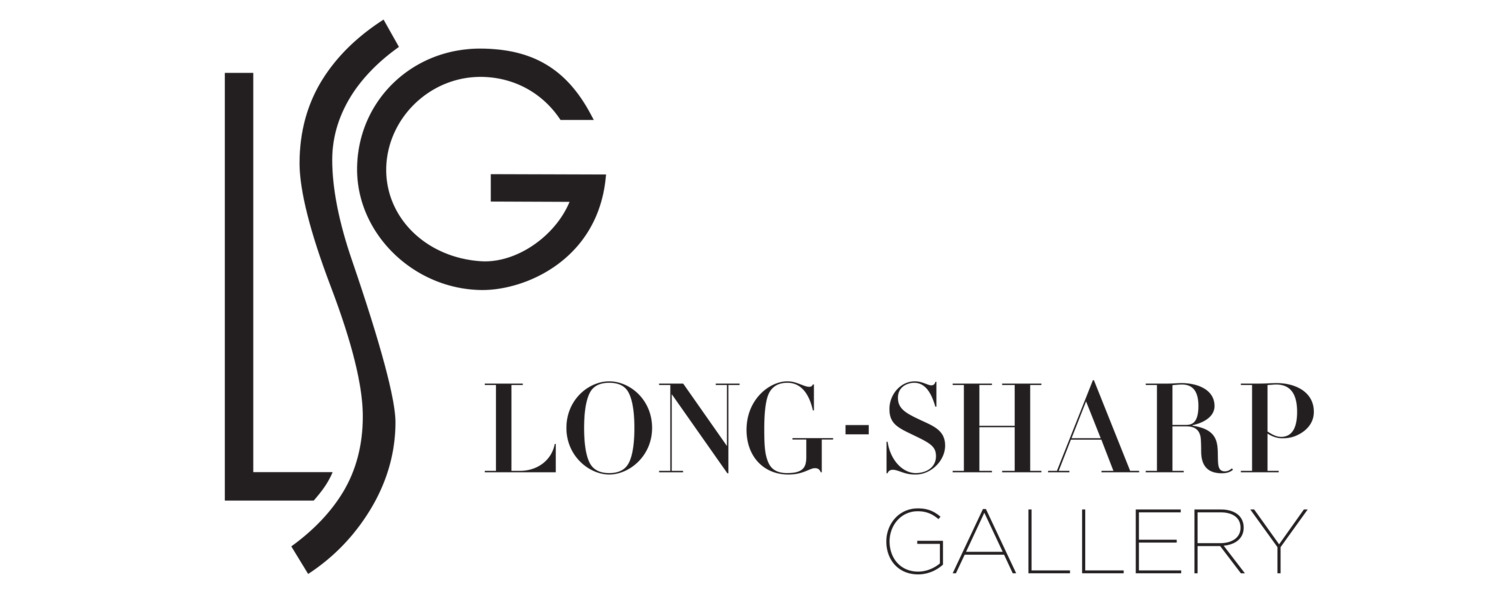Julian Opie
British-born Julian Opie (b. 1958) earned his BA from Goldsmiths College of Art (1982) within an atmosphere that encouraged freedom of thought and innovation. In that environment, Opie and his peers began creating figurative works, in contrast to (or reaction against) the prevailing movement of abstraction that had reigned supreme for decades prior. Against this backdrop, Opie developed a distinctive style that combines his foundation in figurative art with his eye for minimalism.
In the early 1980s, Opie found himself fascinated with the work of Michael Craig-Martin, a London-based Pop artist who taught Opie at Goldsmiths. Craig-Martin’s object drawings rejected the geometry of Minimalism as irrelevant; everyday items—books, chairs, tables—were the primary forms of modern life.
Like Craig-Martin, Opie was “miming the everyday,” abstracting a language of generic representation from the repetitious world of news images and mass-made items. Craig-Martin respected Opie’s similar, if very differently executed, vision. Soon after Opie graduated, Craig Martin showed Opie’s work to Nicholas Logsdail, director of the Lisson Gallery. Within a year of graduating, Opie had a solo show at the gallery.
In 1985, he had a second solo show at the Lisson Gallery and another at the Institute of Contemporary Arts in London. [See here for additional biographical details on the artist.] Opie’s works evolved through the years; he added pop culture references and newspaper headlines in the late 1980s and even experimented with light installations. By the 1990s, he became interested in the “spatial distortion and architectural simplicity” found in some Renaissance works and Japanese prints.
These interests led him to the distilled techniques and styles that would become his signatures in the 2000s: linear figures, simple color schemes, and a sense of walking (especially through an urban landscape). Each of these is a tenet of the Julian Opie emblem: his “graphic outline portraits.” These figures transcend mediums, from painting to sculpture to lenticular.
Opie’s works are found in public and private collections across the globe, including MoMA (New York), Tate, the Israel Museum (Jerusalem), the Takamatsu City Museum of Art (Japan), and The British Museum. The artist lives and works in London.
For more information about the artist, please visit his website.



